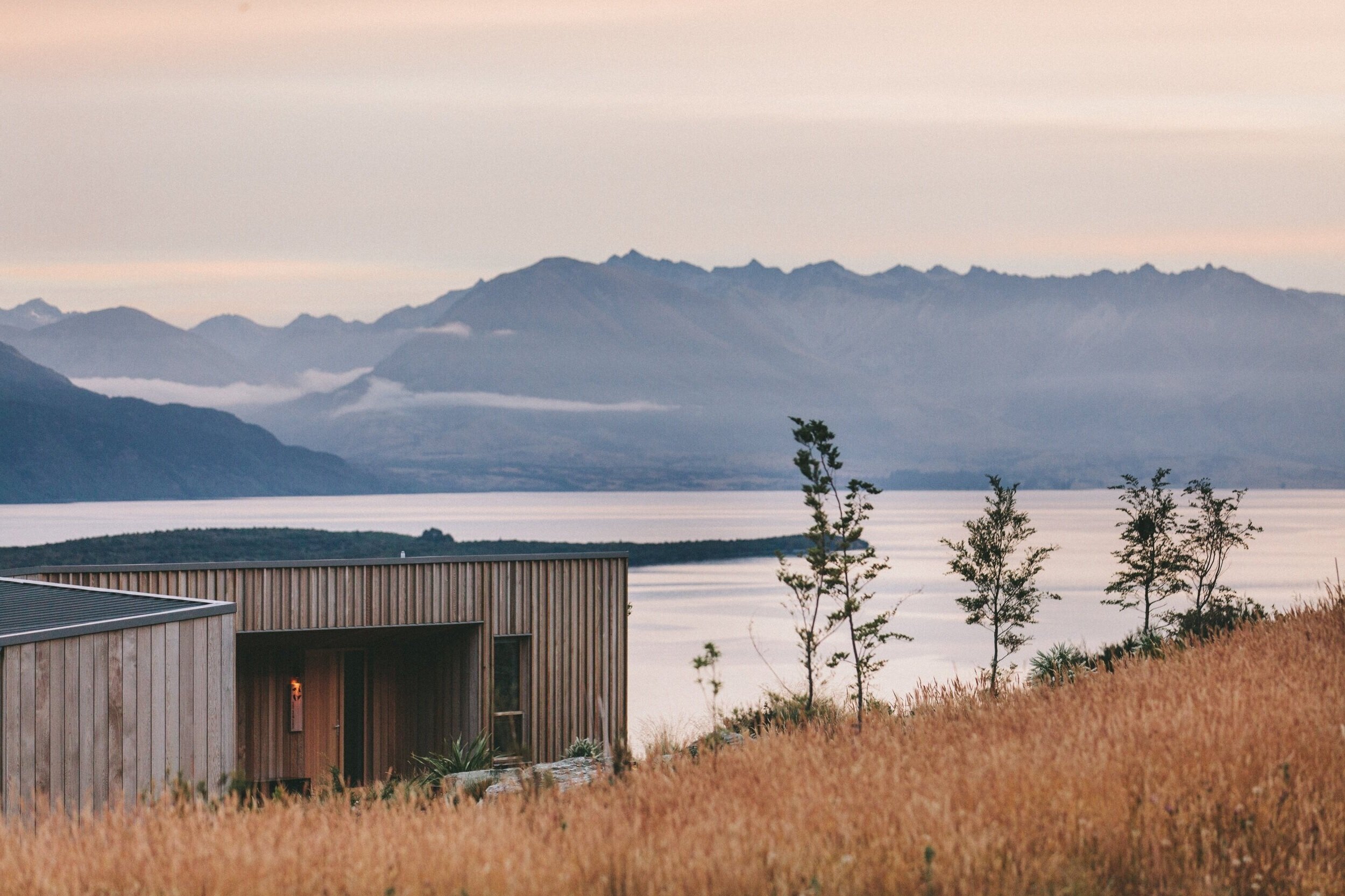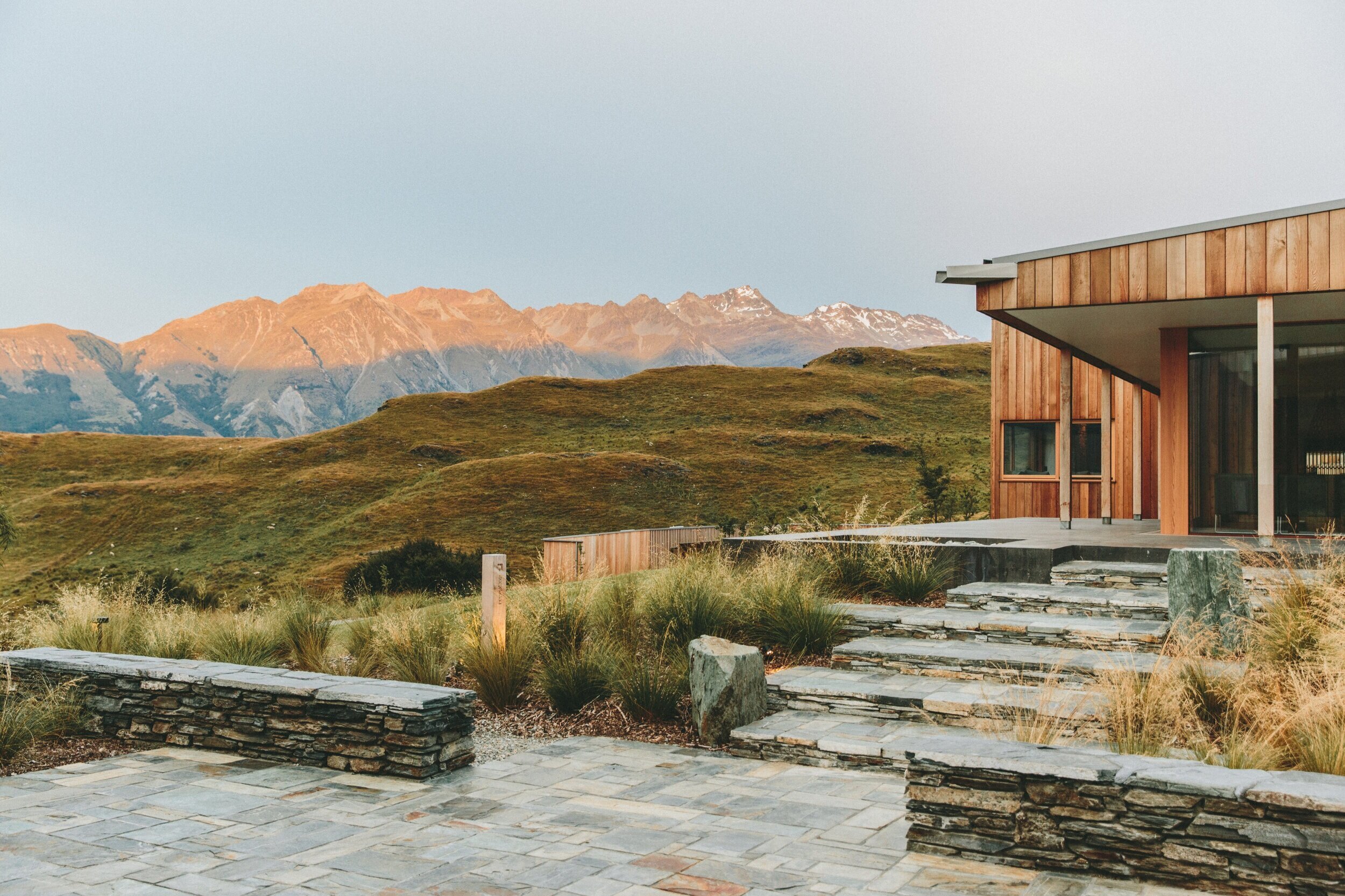
Our Story
Plantation House (Grann Kaz)
The plantation house of L’Union Estate, known as Grann Kaz, was built in more or less its present French colonial style in 1818 by the corsair Jean-Francois Hodoul (1755-1833) who was originally from La Ciotat in France. It’s a wooden house with a thatched roof (which may have originally been covered wooden roof shingles (bardeaux) and is the oldest plantation house in Seychelles. It was declared a National Monument in 1984. Several families subsequently owned and lived in Grann Kaz. The first owner of L’Union Estate was the Mellon family and the others were the Nageon de L’Estang, Moulinié, Hossen and Mittermeyer families. They all lived in the plantation house which remains one of the central attractions on the Estate. L’Union Estate is now owned by the Government of Seychelles.
The house was used as the set for part of the French film ‘Goodbye Emmanuelle” in 1977. Most French visitors asks for ‘La Maison d’Emmanuelle’ when they visit the Estate and the staff Social Club of L’Union Estate is called ‘Emmanuelle Club’.
The Fountain
The water fountain in front of Grann Kaz was initially used as a drinking trough for cattle in the evenings before they were taken to the cow shed. The owner would sit in his armchair on the verandah, drinking his tea watching his herd of cattle drink.
Copra Kiln (Kalorifer)
The copra kiln at L’Union Estate is where coconut kernels were slowly dried to turn them into copra. After collecting and de-husking, the coconuts, the nuts are split into two and placed in the hot wood-fueled kiln for 2-3 days. Drying the coconut slowly removes water from the kernels and loosen them from the coconut shells. After removing the loose dried kernels (which have now become copra), the copra is sent to the copra mill for coconut oil extraction. The preparation of coconuts for drying was done almost exclusively by women. They were given the same amount of coconut each morning and they could only go home after they finished their allocated amount. The preparation of coconuts is still being carried out here but the drying is now done in the adjoining kiln.
The kiln that is currently in use was previously used for processing cinnamon bark and patchouli leaves for export. These two activities are no longer carried out on the Estate. The old kiln is still there and is used for preparing coconuts.
Tortoise Pen
The Aldabra giant tortoise (Aldabrachelys gigantea) is a species of land tortoise in the Testudinidae family. The species is endemic to the Seychelles and their lifespan is between 80 to over 120 years. Tortoise egg Incubation is temperature dependent: in warm temperatures, eggs hatch in about 110 days; in cool temperatures, eggs take 250 days to hatch.
There are over 150,000 giant tortoises in Seychelles, most of them on Aldabra Atoll (a UNESCO World Heritage Site inscribed in 1982) and Seychelles boasts the largest giant tortoise population in the world.
Vanilla Plantation
Vanilla is a tropical orchid belonging to the family Orchidaceae and it is mainly used in food, perfumery, and pharmaceutical preparations. Usually, Vanilla plants start the first yield after 3-4 years of planting and continue to give the yield up to 12-14 years. The pollination is done by hands and the best time is between 7 a.m. and 12 noon.
L’Union Estate has probably the largest vanilla plantation in Seychelles with over 3,000 vines of vanilla (vanilla planifolia). The total area of the vanilla plantation is 2.2 hectares which is equivalent to 5.2 acres (21,847m²).
The Lawn
The Grann Kaz lawn was for a long time the island’s playing field. Football matches were held between teams from the islands and players played barefoot in those days. The Empire Day sports activities for school children were also held there every year.
The mass for Assumption Day which falls on 15th August (feast of the patron saint of La Digue) used to be held in front of the Plantation House. The road from the church to L’Union Estate was richly decorated with palm leaves, ferns and flowers for the occasion.
Pirogue Shed
Pirogues were important modes of transport in the days. They were propelled by 6-12 men pulling oars. They were used to transport people and all kinds of goods and produce, including livestock from different parts of the islands and between neighboring islands. Several logs were used to roll them into and out of the shed where they were kept out of the sun. They were made locally using local wood.
Copra Mill
The copra mill or press is where the copra from the kiln is crushed to extract the coconut oil. The residue from the milling process is the copra cake known locally as ‘pounak’ and is used as animal feed. The growing of coconuts and processing of coconut oil at L’Union Estate is entirely organic. Before mechanization, a bull was roped to the yoke and would go round and round the mortar to press the copra to obtain coconut oil.
Roche L’Union
The L'Union Estate granite boulder or Roche L’Union as it is locally known, was formed over 750 million years ago during the Neoproterozoic period when Seychelles was part of a felsic granite microcontinent. The microcontinent broke off from the supercontinent Gondwana around 145 million years ago and became isolated in the Indian Ocean. The granite boulders at L’Union Estate are spectacular pieces of natural sculptures, eroded into various forms through millions of years of exposure to natural forces. The gray granite Roche La Digue is in the “Monolith” family and covers over one acre of land of the Estate. It was declared a National Monument in 1984 for its mere size and continues to serve as an important landmark for local fishermen.
L’union Cemetery
This cemetery was originally the private burial place of the Mellon family. Louise Mellon née Desjardin arrived on La Digue via Mauritius from La Réunion in 1807 with her five children, including two sons from her second husband, Francois Mellon who died in 1799.
The site of this cemetery is part of the 112 acres (108 arpents) of land that Louise Mellon acquired. Besides the Mellon family, the site is also the burial ground for some of the first inhabitants of the islands who were French descendants from the Réunion island, exiled to La Digue in 1798.
One particular grave is that of Bertrand Guilhemet, one of the seventy Jacobin terrorists who were exiled in Seychelles in 1801, after an attempt to assassinate the first consul Napoléon Bonaparte.”
Hossen Family Mausoleum
This is a Muslim / Christian cemetery belonging to the Hossen and Rassool families, former owners of L’Union Estate. Apart from the Muslim vault there are six other tombs which are Christians. This burial ground has been adopted by the La Digue School Heritage Club.
Morel Cemetery
The small family cemetery is the burial ground of an early Morel family. The only one that has a marble headstone is that of Auguste François Morel, born in Réunion Island in 1789 and died on La Digue in 1842. Some of his ancestors bear the surnames of Morel, Ethève, Benoit, Mussard, Lepape and Cadet. He is the direct ancestor of a large majority of people on La Digue and in Seychelles. The other tombs are possibly for his family members. One of Auguste’s grand daughters, Elizabeth Eudoxie Nageon (1845-1924) owned part of L’Union Estate at some stage.


